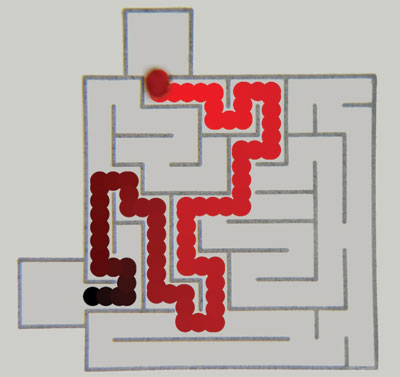Nuclear collisions recreate conditions in the universe microsecondsafter the Big Bang. […] We report the observation of antihypertritons — comprised of an antiproton, antineutron, and antilambda hyperon — produced by colliding gold nuclei at high energy. The production and properties of antinuclei, and nuclei containing strange quarks, have implications spanning nuclear/particle physics, astrophysics, and cosmology.
My layman’s understanding of this is that it’s a significant find, if verified. Basically they’ve created a particle that is neither matter nor antimatter, but lies just off the plane of strangeness (“strange” as in the quark), and might be the kind of thing only found at the cores of collapsed stars. The Register’s easy-to-read writeup has a good suggestion that this “negative strangeness” they talk about should be dubbed “hyper-boringness”.

